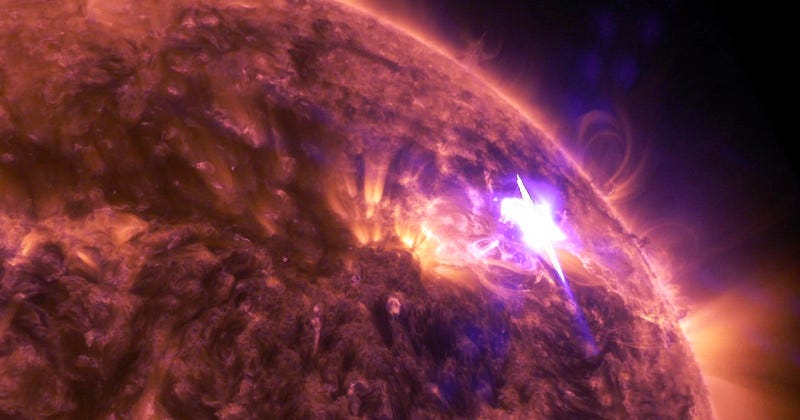ECCCO Mission Concept Study to be Conducted by Ball Aerospace
Focus is on Solar Wind and Eruptive Events
A Phase A study for NASA's proposed Extreme ultraviolet Coronal Mass Ejection and Coronal Connectivity Observatory (ECCCO), a mission that would provide astronomers with a better understanding of the sun's coronal structure and its relationship with solar wind and eruptive events, will be conducted by Ball Aerospace.
"The middle corona is one of the leas…
Keep reading with a 7-day free trial
Subscribe to The Journal of Space Commerce to keep reading this post and get 7 days of free access to the full post archives.



